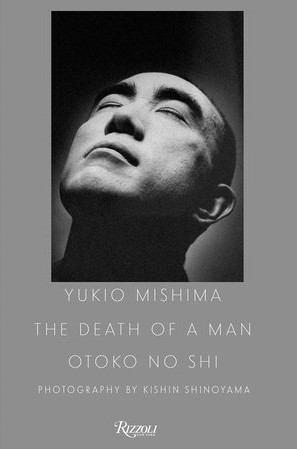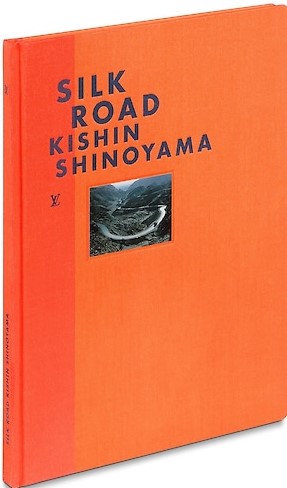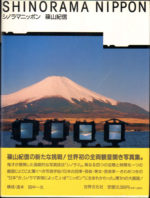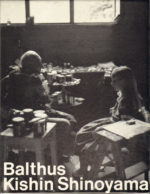En commémoration du cinquantième anniversaire de la mort de Yukio Mishima, l’une des figures de proue de la littérature moderne, La mort d’un homme présente un témoignage visuel sublime – et souvent choquant – des derniers mois précédant son sensationnel suicide rituel en novembre 1970.
Auteur de chefs-d’œuvre tels que Le Temple du pavillon d’or et les couleurs interdites, Mishima, figure célèbre de la littérature mondiale d’après-guerre, reste une figure controversée au Japon. Sa politique réactionnaire et la nature spectaculaire de sa mort ont eu un impact si profond sur la société japonaise que les images associées à l’événement n’ont jamais été montrées publiquement.
Dans les mois qui ont précédé l’incident de novembre, il a enrôlé Kishin Shinoyama pour créer une œuvre de fiction photographique et radicale, un reportage photo sur la mort de «tout le monde» japonais. Dans des images souvent imprégnées de militarisme et d’érotisme, un défilé d’hommes, dont un marin, un ouvrier du bâtiment, un pêcheur et un soldat, rencontre des fins horribles et dramatiques.
Publiées pour la toute première fois, ces images stylisées d’hommes mourant seuls servent de prologues au point culminant dans le monde réel de la poursuite de l’art total par Mishima. Enfermé dans une performance avec une fin incontournable, Mishima a offert son propre corps comme acte final.
Avec des textes de Mishima et ses intimes les plus proches et des réminiscences à la première personne de ses derniers instants, ce livre s’annonce comme une interrogation sans précédent sur la nature de la performance et le rôle de l’artiste en tant qu’acteur, provocateur et révolutionnaire.
In commemoration of the fiftieth anniversary of the death of Yukio Mishima, one of the leading figures in modern literature, The Death of a Man presents a sublime–and often shocking–visual record of the last few months prior to his sensational ritual suicide in November 1970.
The author of masterworks such as The Temple of the Golden Pavilion and Forbidden Colors, Mishima, a celebrated figure in postwar world literature, remains a controversial figure in Japan. His reactionary politics and the spectacular nature of his death had so profoundly impacted Japanese society that images associated with the event were never publicly shown.
In the months prior to the November incident, he enlisted Kishin Shinoyama to create a photographic, radical work of fiction, a photo essay on the death of the Japanese « everyman. » In images often suffused with militarism and eroticism, a parade of men, including a sailor, a construction worker, a fisherman, and a soldier, are shown meeting grisly, dramatic ends.
Published for the very first time, these stylized images of men dying alone serve as prologues to the real-world culmination of Mishima’s pursuit of total art. Locked in a performance with one inescapable end, Mishima offered his own body as its final act.
With texts by Mishima and his closest intimates and first-person reminiscences of his final moments, this book promises to be an unprecedented interrogation on the nature of performance and the role of artist as actor, provocateur, and revolutionary.





